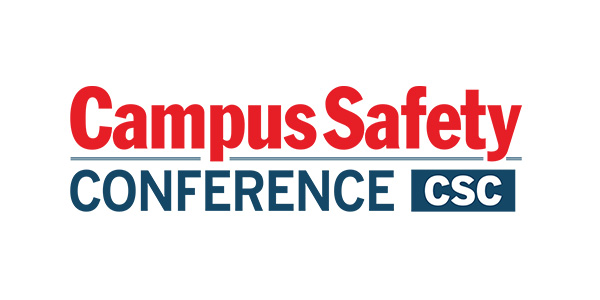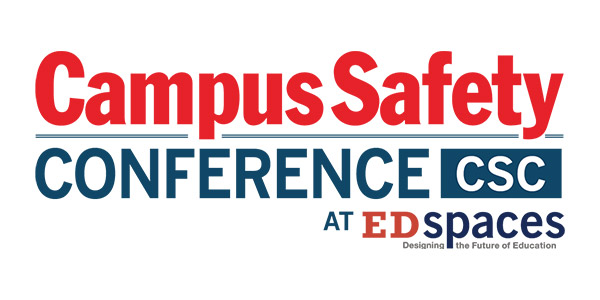Having a pool on campus is a privilege and an asset that helps to boost young people’s abilities and opportunities. It gives children and young adults the chance to take part in water sports, provides them an opportunity to learn to swim through formal lessons, and it sets them up for the future – 44% of U.S. adults don’t have basic swimming skills.
However, the privilege is also a responsibility that comes with significant pool safety risks. CDC figures show that drowning is the second leading cause of unintentional injury death for many K-12 children, specifically those aged five to fourteen. It’s also a significant cause of non-fatal brain injuries that can have lasting impacts peoples’ lives.
Related Article: CPR and AED Training in Schools and Colleges Saves Lives
As well as being incredibly sad, the hazard of injury or drowning brings with it legal and reputational risks for schools and campus managers. Many state laws require specific forms of pool safety to be in place, such as perimeter fences and access control solutions. If the proper measures aren’t in place, then education facilities could face serious litigation – even if accidents don’t occur.
It’s crucial, therefore, that schools control access to their pools. Both for children’s and young people’s safety, and for their own liabilities. However, many perimeter access control options are not suitable or fit for purpose.
Latches and Unsupervised and Supervised Access Pose Pool Safety Challenges
Many regulations require self-latching and self-closing gates and latches at private pools. These are easy to purchase from the hardware store and inexpensive. However, they aren’t suitable for campus pool access control and aren’t suitable even for home pools.
Latches are ineffective for preventing young people and children from accessing water. K-12 school students can easily open a latch to a pool, giving them unsupervised access, whether or not it’s self-closing and self-latching.
Many latches aren’t designed for campus-level wear and tear either. They lack the robust design and construction needed to deal with constant, repetitive use from potentially thousands of children and young people a day. And many don’t come with sufficient outdoor-grade weather protection suitable for campuses with outdoor facilities. This can lead to latches breaking easily, which undermines the safety of the pool and gives anyone access.
Locks are an alternative to latches and can help campus facilities managers to properly secure their pool perimeters. They provide the access control needed to prevent unsupervised access, and many are as convenient as latches without the downside of being easily opened by children. Because they require intervention to open, they can also bring attention to when younger children are accessing pools.
Related Article: Education and Healthcare Campuses Continue to Expand Deployment of Access, Lockdown Systems
Naturally, locks are more durable than latches, many of which are designed for heavy-duty, high-traffic applications and even outdoor uses. Those designed in this way can minimize the chance of damage. And, having a lock over a latch can reduce the risk of legal or reputational repercussions. If something unfortunate happens on campus and someone gets injured or worse, and the campus has a fully-working solution that met – even exceeded – the legal minimal standards for pool safety, then the legal risks would be significantly reduced.
Keyless Access Provides Convenience and Control
When it comes to campus access control and pool safety, any lock is better than a latch for pool perimeters. However, not all locks are made equal, and some are much better suited to campus settings that require facilities and campus managers to grant access to multiple users but not become a drain on resources or a risk to safety. It’s in these applications that coded locks have several advantages.
Keys can be left in locks either by accident or on purpose. People may forget they’re in the lock or intentionally leave them in because it’s more convenient, for example, while carrying out maintenance work. But in either case, this undermines the controlled access of the perimeter, giving children and young people access to the water and putting them at risk.
Related Article: Enhancing School Safety: The Necessity of a Layered Approach
Along with being left in locks, keys are easily lost. And lost keys cause many problems. At schools, lost keys are a water safety risk and a child protection risk; the key could be found by young people at the school, or outsiders that don’t have permission to be on campus. If the key is universal, then those issues multiply. Many more access points on campus will be undermined and the keys will need to be replaced. This can be a time-consuming and expensive task.
Coded locks remove the hassle of lost or forgotten keys. They grant access only to individuals who know the code, helping to reduce time and money spent on replacements. When needed, codes can be updated quickly and easily. For added security, facility and campus managers can still use override keys in the rare event that a code is forgotten.
Another significant benefit of coded locks is the ability to grant emergency access without needing the keyholder to be onsite. For example, in an emergency, a campus manager can provide first responders immediate access to a controlled area via the code. This gets rid of delays caused by waiting for a keyholder or the need to force entry.
This emergency scenario example highlights broader advantages of coded locks in other areas of a campus or facility. In fact, any location using a keyed lock can benefit from the simplicity, efficiency, and ability to share access that comes with a coded alternative. From main entrances to locker room storage, and even areas like playgrounds or administrative offices, replacing traditional locks with coded ones enhances convenience, control, and cost savings.
How Can Campuses Improve Water Safety?
Water safety in schools and on campuses is one part of a broader issue in America, one which the New York Times calls a “public health crisis,” as each year around 4,000 people die from drowning. The U.S. National Water Safety Action Plan highlights education as central to addressing this public health crisis, making it even more important for schools to have pools where young people and children can learn to swim.
Properly securing pool perimeters protects children on campus, reduces the risk of legal repercussions, and contributes to the long-term prevention of drowning through education in America.
Matt Welty is Vice President Americas at Codelocks Inc.
NOTE: The views expressed by guest bloggers and contributors are those of the authors and do not necessarily represent the views of, and should not be attributed to, Campus Safety.







